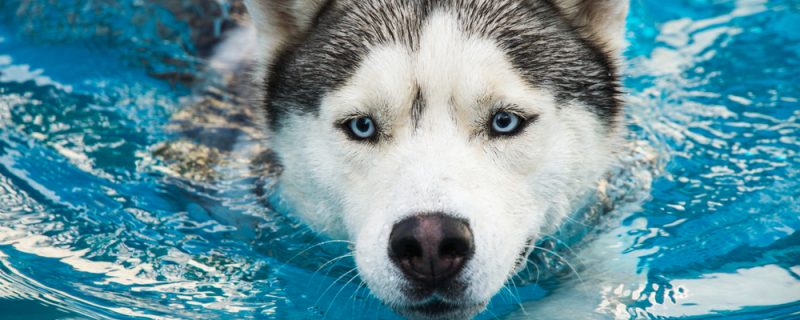
Keeping Your Pets Safe In Extreme Weather Conditions
As pet owners, one of our primary responsibilities is ensuring the safety and well-being of our furry companions, especially in extreme weather conditions. Whether it’s scorching heat or freezing cold, it’s essential to take precautions to protect our pets from the elements and prevent any potential health hazards. Let’s explore some important tips for keeping your pets safe in extreme weather.
Understanding Temperature Limits
Understanding the temperature limits for pets is crucial for their safety. While dogs and cats have different tolerance levels, both can suffer from heatstroke or hypothermia if exposed to extreme temperatures for too long. So, what outside temperature is dangerous for cats and dogs? Generally, temperatures above 90°F (32°C) can be dangerous for pets, especially if they’re left outdoors without access to shade or water. Conversely, temperatures below 32°F (0°C) can pose a risk of hypothermia, particularly for short-haired breeds or animals with health issues.
Provide Shelter and Shade
During hot weather, it’s essential to provide pets with access to shade and shelter to escape the sun’s heat. If your pet spends time outdoors, make sure they have a shady spot to rest and access to fresh water at all times. Consider setting up a doghouse or a shaded area where your pet can retreat when the temperatures soar. Additionally, avoid walking your dog on hot pavement, as it can burn their paw pads and contribute to overheating.
Limit Outdoor Exposure
In extreme temperatures, it’s best to limit your pet’s outdoor exposure as much as possible. Avoid leaving them outside for extended periods, especially during the hottest part of the day. Instead, schedule outdoor activities during the early morning or late evening when temperatures are cooler. If you must take your pet outside during hot weather, keep the outings short and watch for signs of heat stress, such as excessive panting, drooling, or lethargy.
Protect Against Frostbite
During cold weather, protecting pets from frostbite is paramount, especially for breeds with short coats or exposed skin. Consider outfitting your pet with a sweater or jacket to provide extra warmth during walks or outdoor activities. Additionally, be mindful of icy surfaces, as pets can slip and injure themselves. Wipe your pet’s paws after being outdoors to remove any ice, salt, or chemicals that could irritate their skin or be ingested when they groom themselves.
Monitor Indoor Temperatures
Even indoors, extreme temperatures can pose a risk to pets, especially if the air conditioning or heating fails. During heatwaves, ensure your home is adequately ventilated and consider using fans or air conditioning to keep indoor temperatures comfortable for your pets. Similarly, during cold spells, provide your pet with cozy bedding and avoid leaving them in drafty areas. If you plan to be away from home for an extended period, consider using a programmable thermostat to regulate indoor temperatures and ensure your pet’s comfort.
Know the Signs of Heatstroke and Hypothermia
It’s essential to familiarize yourself with the signs of heatstroke and hypothermia in pets so you can act quickly if your furry friend shows symptoms. Signs of heatstroke include excessive panting, drooling, rapid heartbeat, weakness, and collapse. If you suspect your pet is suffering from heatstroke, move them to a cooler area immediately, offer water to drink, and seek veterinary attention promptly. Similarly, signs of hypothermia include shivering, lethargy, weakness, and pale or discolored skin. If your pet shows signs of hypothermia, wrap them in warm blankets and seek veterinary care as soon as possible.
Summary
Extreme weather conditions can pose significant risks to pets, but with proper precautions and awareness, we can help keep our furry friends safe and healthy year-round. By understanding temperature limits, providing shelter and shade, limiting outdoor exposure, protecting against frostbite, monitoring indoor temperatures, and knowing the signs of heatstroke and hypothermia, pet owners can ensure their pets stay safe and comfortable in any weather conditions. Remember, your pet relies on you to keep them safe, so take proactive measures to protect them from the elements.
Need a Veterinary Clinic in Saint Francisville, LA?
Categorised in: Pet Care, Pet Safety
